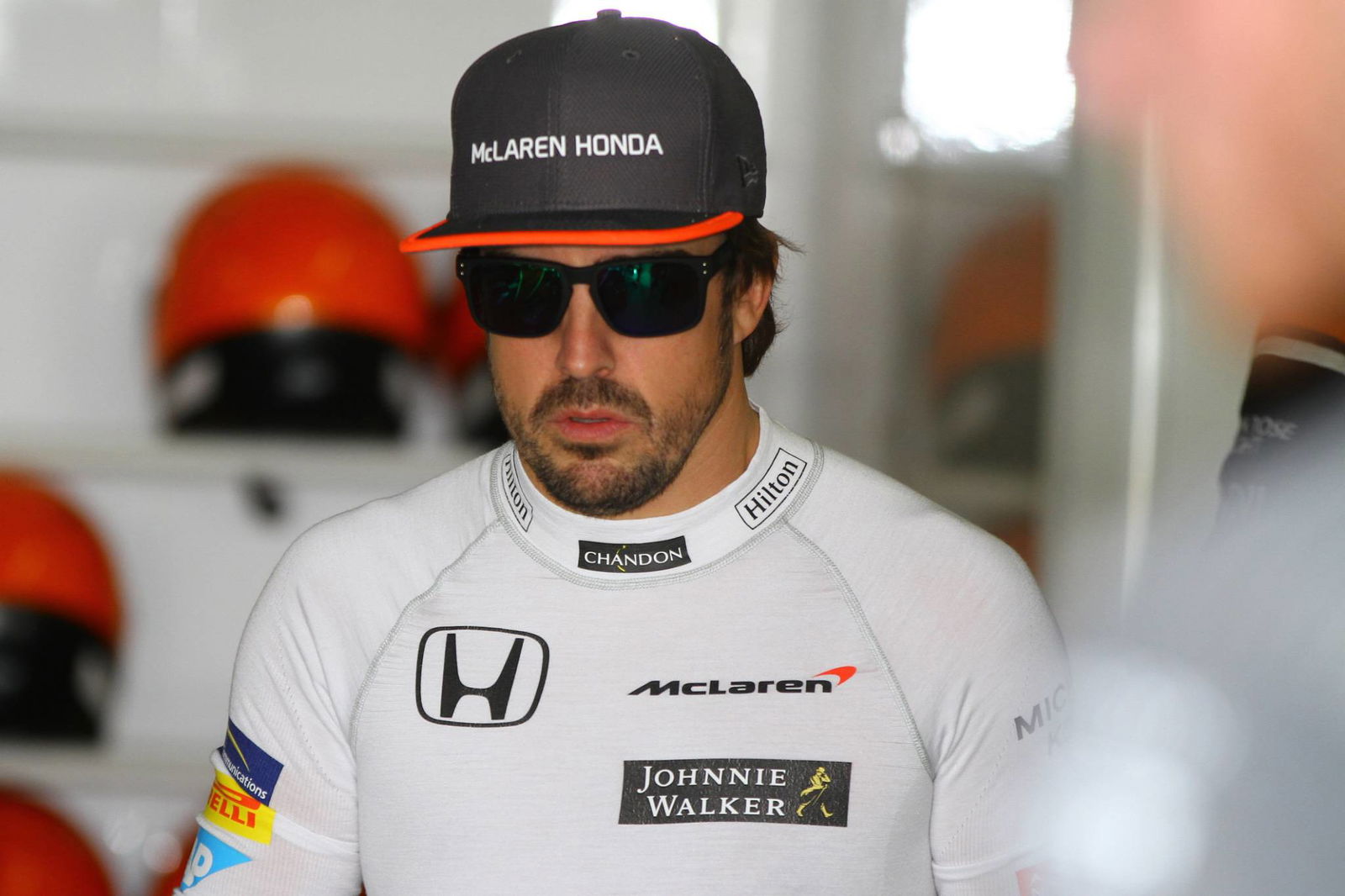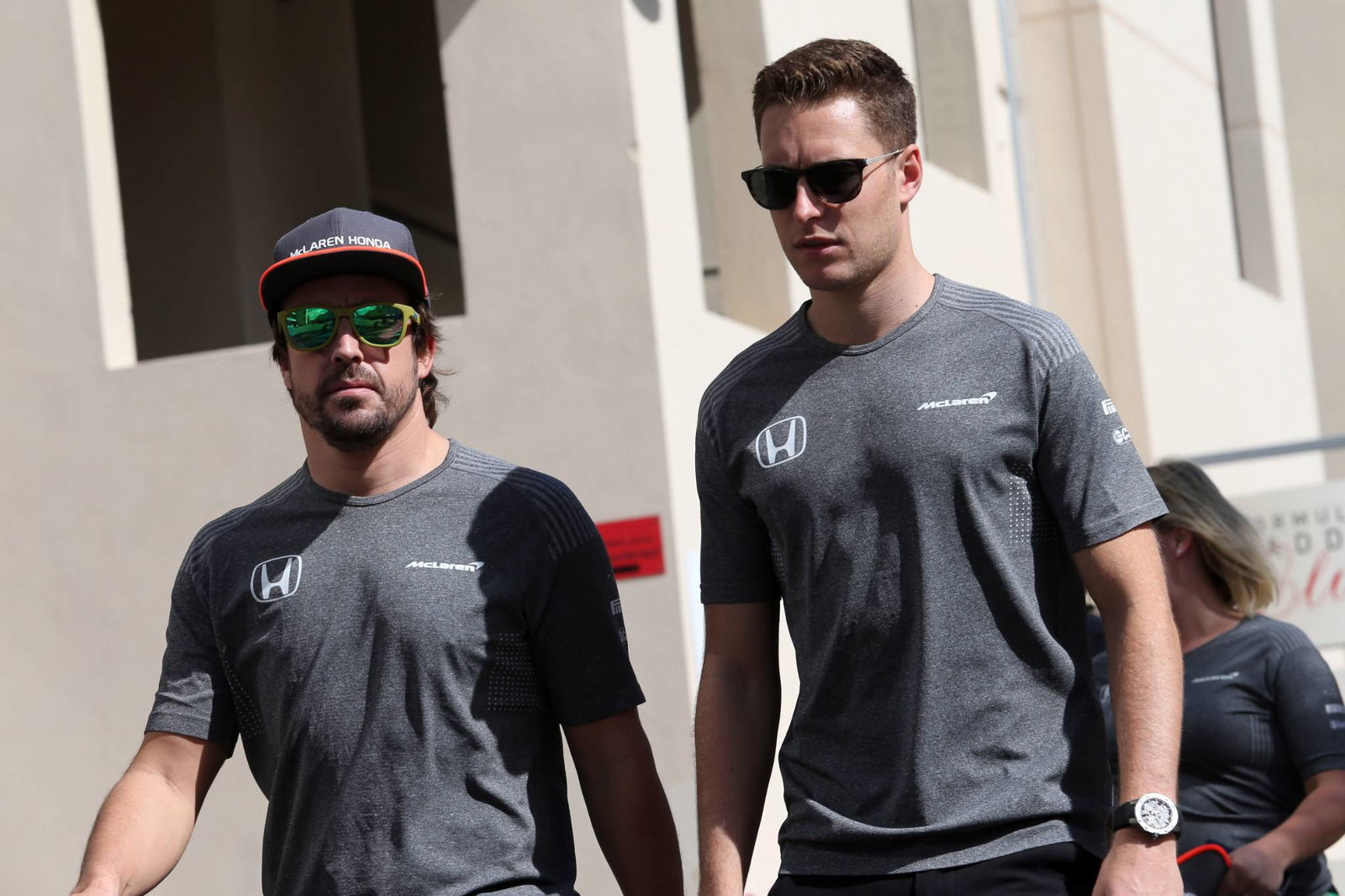Say 'Halo' to a new-look Formula 1 in 2018
It’s happening. There’s no going back (for now, at least). In the coming days and weeks, we will see Halo make its full debut in Formula 1 as 2018 car designs are unveiled, before pre-season testing kicks off in Barcelona on February 26.
F1 as we know it is on the eve of change. It has been one of the sport’s biggest points of discussion in recent years. The open-cockpit DNA of F1 racing will become a thing of the past.
So what exactly is Halo? And how did we get to this stage?
A brave (safe) new world

It’s happening. There’s no going back (for now, at least). In the coming days and weeks, we will see Halo make its full debut in Formula 1 as 2018 car designs are unveiled, before pre-season testing kicks off in Barcelona on February 26.
F1 as we know it is on the eve of change. It has been one of the sport’s biggest points of discussion in recent years. The open-cockpit DNA of F1 racing will become a thing of the past.
So what exactly is Halo? And how did we get to this stage?
A brave (safe) new world
The Halo project ultimately began in 2011 as the FIA set an underlying principle of trying to better protect single-seater drivers. The push for increased cockpit protection can be traced back to 2009 when Henry Surtees, son of world champion John, was killed by an errant wheel during a Formula 2 race at Brands Hatch. Less than a fortnight later, Felipe Massa was left with severe head injuries after being hit on the head by a loose spring during practice for the Hungarian Grand Prix, causing him to miss the remainder of the season.
After years of research, Mercedes led the way in proposing the initial Halo concept in 2015. The first stage prototype - made of steel - was first tested at RAF Bentwaters later that year, with a 20 kg tyre fired from a nitrogen-powered cannon at speeds reaching 225km/h. Following a successful opening string of tests, Halo made its on-track debut fitted to Kimi Raikkonen’s Ferrari during 2016 winter testing at Barcelona.
Drivers reported acceptable levels of visibility and at the 2016 Austrian Grand Prix, a lighter, stronger version made of titanium was introduced. This new-spec Halo was wider and was aimed at not only improving visibility but also reducing the risk of drivers hitting their head on the structure during an accident.
Halo, originally planned for introduction in 2017, would be tested on numerous occasions during Friday practice sessions throughout 2016 and 2017 before a final design received the green light last year. Pushing back its introduction until this season proved to be a sensible call as it allowed time for greater on-track testing, providing every active driver with the chance to sample the device.
‘But it looks so ugly…’
The introduction of cockpit protection - and specifically Halo - has irked fans and divided opinion among drivers and team members alike. But at the end of the day, whether you like the look or not, the safety benefits of introducing it vastly outweigh negatives based solely on aesthetic grounds.
Don’t be expecting all Halos to look identical, either. We have seen Williams running with a white Halo, while there is scope to utilise the blank canvas for sponsorship purposes or to match with team and driver livery concepts.
Further down the line it could also present teams with the opportunity to try and gain performance advantages. You only need to look at the canny approaches taken during 2017 as shark fins and T-wings developed, while Toro Rosso was among a number of teams that tested winglets on the Halo at the end of last year.
On Wednesday, Haas became the first F1 team to unveil its 2018 challenger in a surprise online launch. The US squad showed that with clever use of livery design, Halo can be integrated into the colour scheme to minimise its visual impact. It will be fascinating to see how other teams tackle incorporating Halo onto their cars.
“I think teams haven’t explored the full range of possibilities to make them look a little more pleasing to the eye,” F1 race director Charlie Whiting said in 2017. “We’ve only seen the bare designs. Personally, I think fans will get used to it but there is a little bit of pushback at the moment.
“I think we should wait and see what the teams come up with because they will try to exploit the extra freedom that they have got even if it is for aero reasons then I am sure they will look more pleasing to the eye.”
McLaren’s chief of aerodynamics Peter Prodomou has no doubts F1 teams could find performance gains by tweaking the aero impact of the Halo.
“I think it is about opportunity and exploitation,” he explained. “It does open up some avenues which are possibly interesting to look out. I am sure there will be a variety of different solutions out there but the scope is quite limited to the allowance around the basic shape but there is opportunity there.
“Everyone is going to be faced with how it impacts the flow into the engine and the flow into certain cooling ducts in that area, including ourselves, as well as the flow to the rear wing. On the flipside there may be opportunities to tap into which you couldn’t before.”
Other solutions have been tried and tested. Red Bull experimented with the ‘Aeroscreen’ design at the 2016 Russian Grand Prix, and Ferrari later tested another concept dubbed as the ‘Shield’ at Silverstone last year, but both prototypes continued to fall at the first hurdle.
Aeroscreen and Shield, despite being described as the “most complete solution” by FIA safety director Laurent Mekies, repeatedly failed the wheel impact test, while other problems including visual distortions - reported by Sebastian Vettel - cropped up.
Visibility was also an initial concern highlighted for Halo, particularly at corners such as Spa’s Eau Rouge, given the positioning of the central pillar strut would be directly in front of the drivers natural field of vision. However, this was quickly dismissed as a serious issue.
“Visibility is not a problem,” confirmed Carlos Sainz Jr. after completing testing with it. “Obviously when you leave the box, you have this thing in the middle that disturbs you a bit, but at the end of the lap you don’t even notice it’s there anymore. Your eyes get used to it.”
Critics also voiced concerns over driver extraction times, particularly in the event of a fire - an unlikely scenario in modern F1 following a ban on refuelling. Even so, the FIA has altered the regulations to allow drivers seven seconds for getting out of cars compared to the previous five-second limit.
Furthermore, in the unlikely event that an impact would deform the Halo structure, relevant cutting tools will be carried by the medical car to aid a drivers extraction.
The convincing case which ruled in favour of the Halo
The turning point for Halo came during the 2017 Hungarian Grand Prix weekend, where during a press conference, the FIA, represented by Whiting and Mekies, presented the overwhelming evidence for the pros of Halo and emphasised the benefits of its introduction beyond any doubt.
No other prototype compared to Halo. In 17 case studies of serious accidents, Halo would have resulted in a beneficial outcome in 15 cases while the other two would have proved neutral. Although it was found Halo would not have had any effect in Jules Bianchi’s crash at the 2014 Japanese Grand Prix - which left him with head injuries that ultimately proved fatal - it would protect a driver 17 percent of the time, as opposed to zero percent of the time without it.
While it is hard to assess the impact it would have in every circumstance, there is a clear argument in favour of that ratio when considering incidents in recent years such as Massa’s, Justin Wilson’s IndyCar accident at Pocono in 2015, as well as too-close-for-comfort near-misses involving Jenson Button in Monaco and Romain Grosjean in Malaysia when both drivers ran over loose drain covers in 2016 and 2017 respectively.
New, more rigorous tests were introduced last year to ensure Halo was sufficiently strong, with Mercedes technical director James Allison recently revealing the reigning world champions’ 2018 challenger would need strengthening to the point where it could withstand the weight of a double-decker London bus - yet more proof of the FIA’s determination to get such a crucial decision right.
The FIA’s commitment to Halo has been reflected not just in F1, but through all of the championships under its umbrella. It has already been added to F1’s direct feeder category Formula 2 for the upcoming season, while it is set for introduction to Formula E for 2018/19 and is also planned for implementation in Formula 3.
What does the future hold for the Halo?
To all the critics out there, Halo is not necessarily F1’s definitive solution. The sport hasn’t given up on other concepts. The FIA remains open to evolving the Halo and pursuing other options, while aesthetics will be at the forefront of the next major regulation changes in 2021. The successful first test of IndyCar’s ‘windscreen' prototype last week could offer an alternative route, and perhaps one that is more pleasing-to-the-eye.
When asked if the FIA would want to conduct its own research on IndyCar’s ‘windscreen’ solution, Mekies told RACER: "As far as the research is concerned, we always try to share what we do. We'll catch up to see where the items they tried puts them in terms of protection level.
“You might remember that we had ourselves scanned different protection levels. The Shield itself we tried at Silverstone last year had a slightly reduced protection level, so it's a matter of finding a good compromise. It's very good that such an important player as IndyCar is getting very involved in this, and we are working very closely with them."
Halo may not be the perfect solution, and it certainly may not be to everyone’s tastes, but it is here to stay - for now at least.
There are clear arguments that validate its introduction, and if that means sitting through one season of ‘ugly F1 cars’ to limit the risk of serious injury or fatalities from occurring in the sport, would anyone really object?


